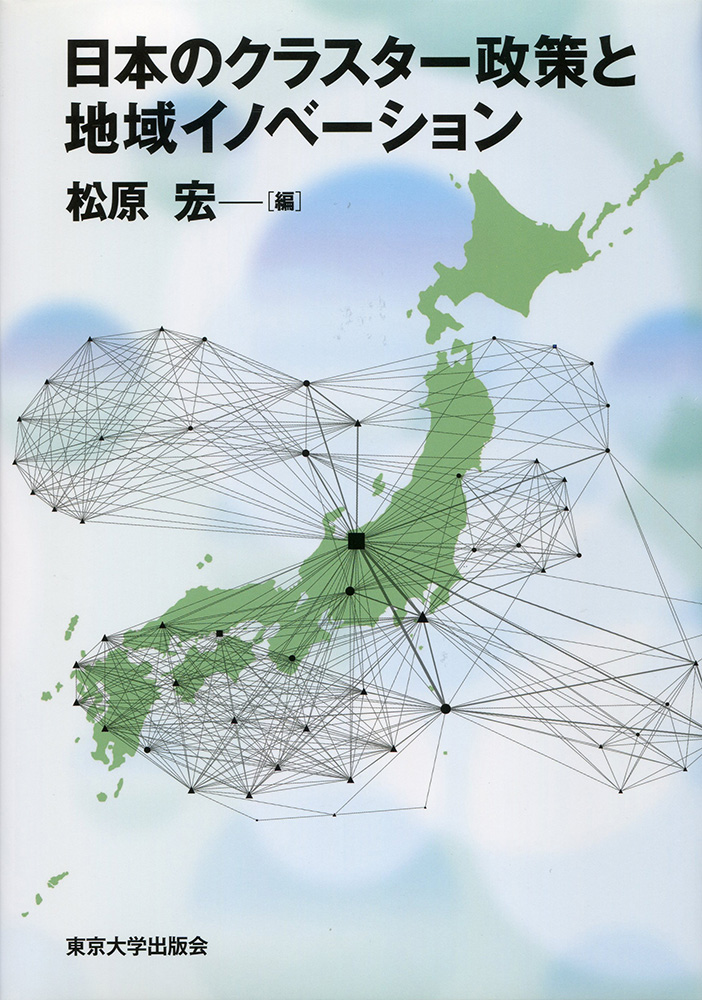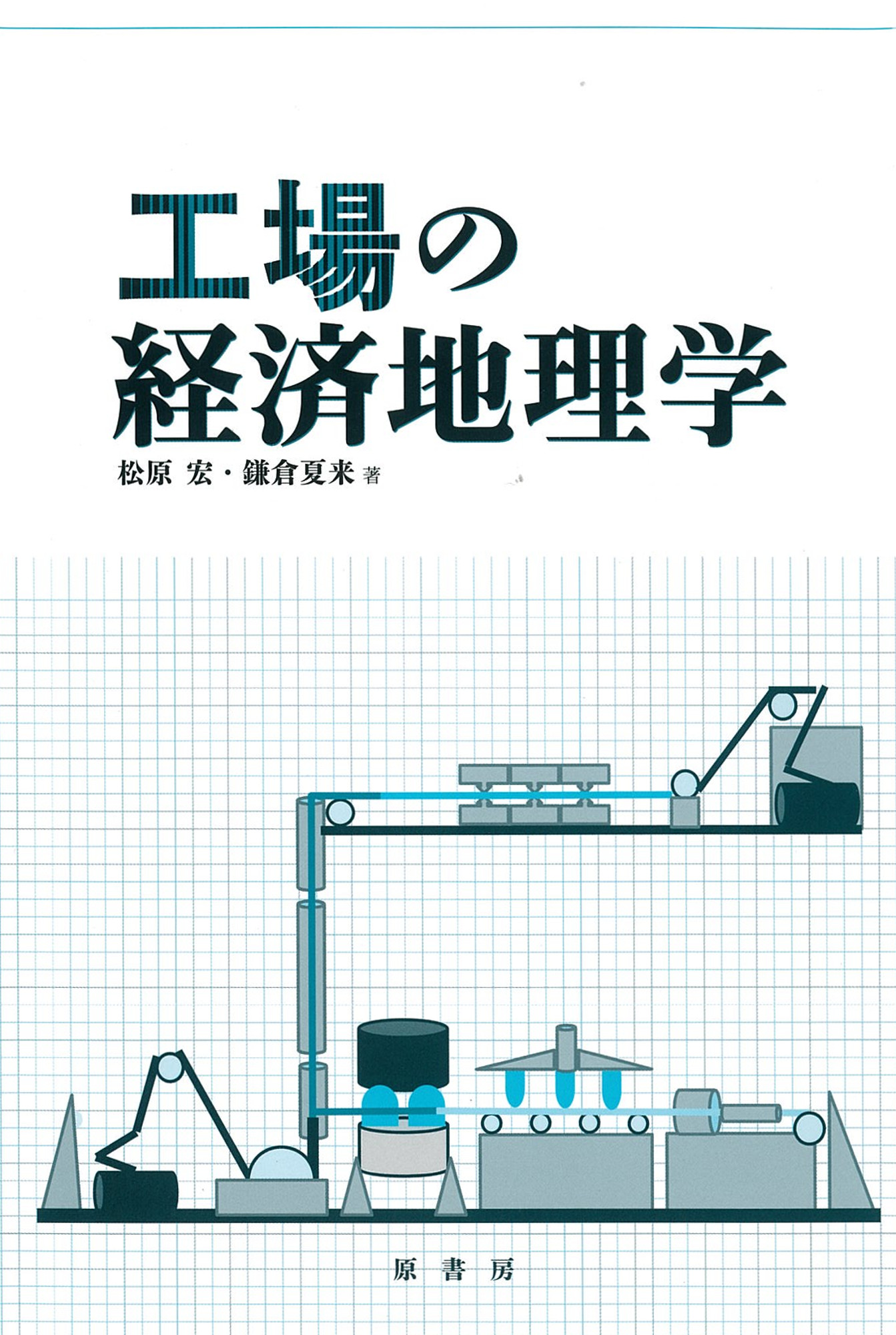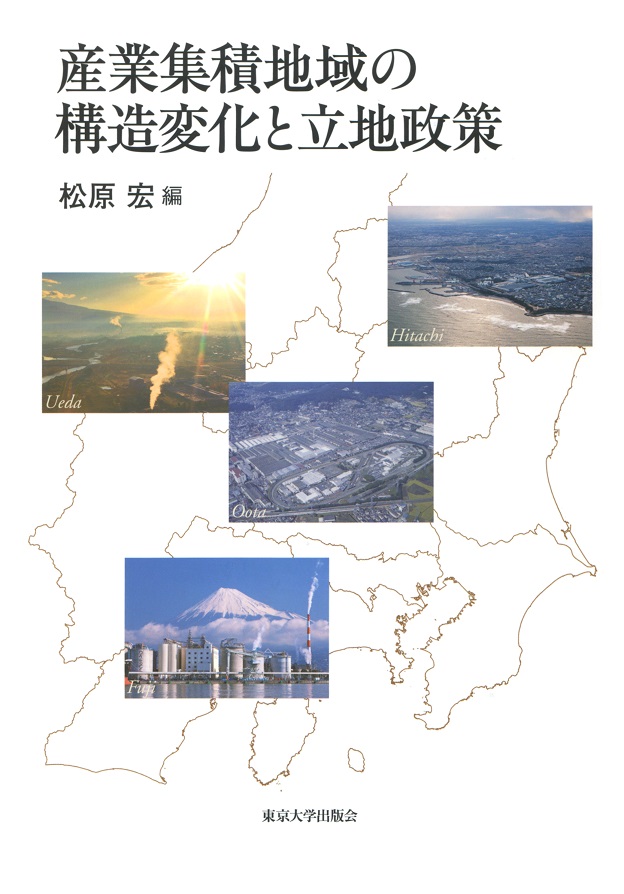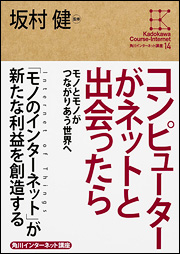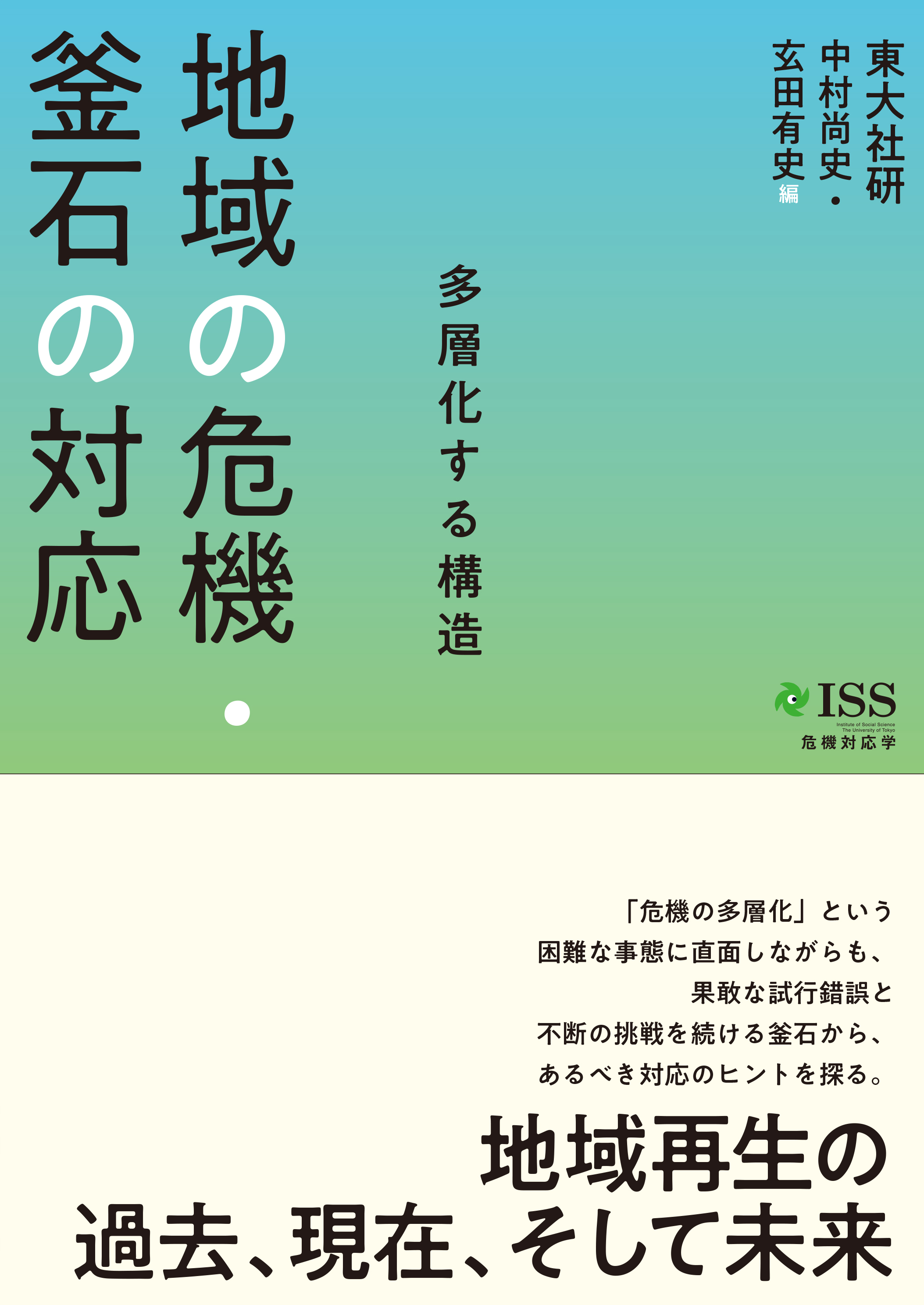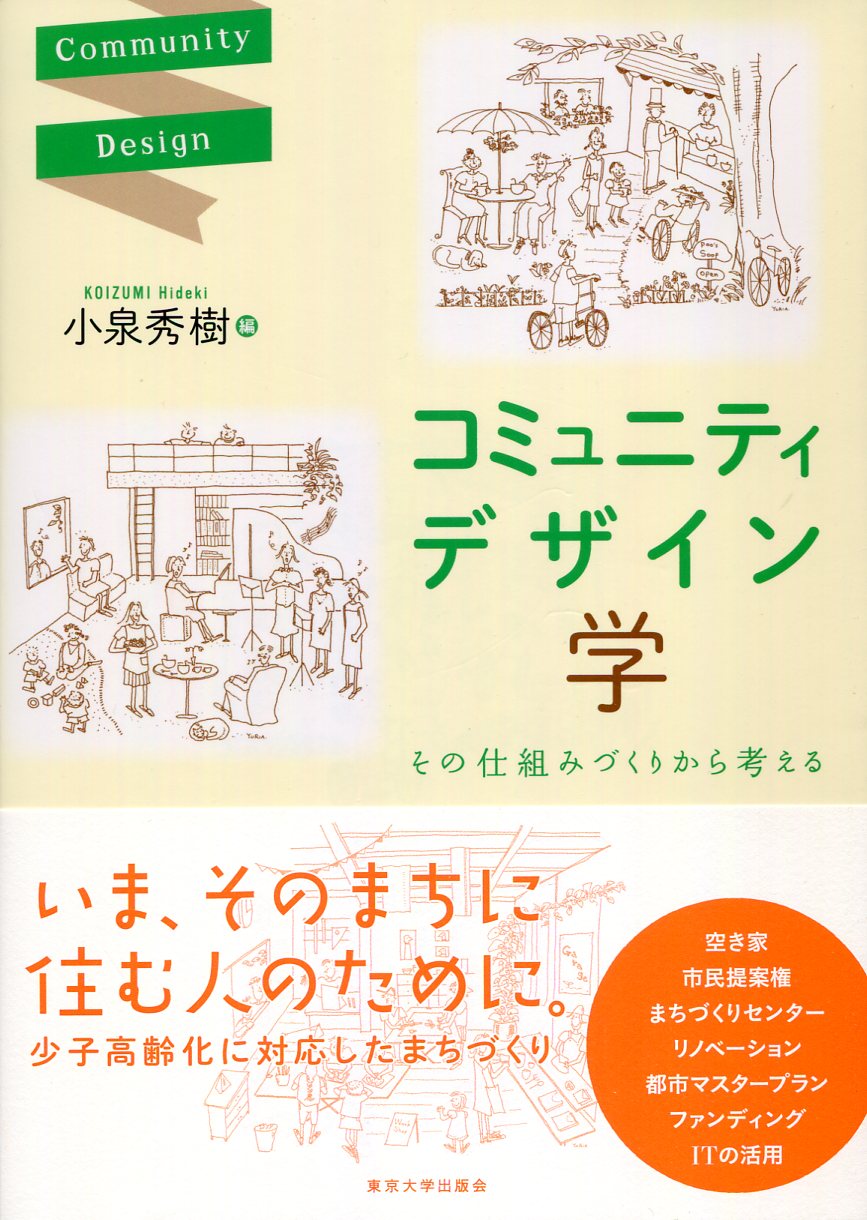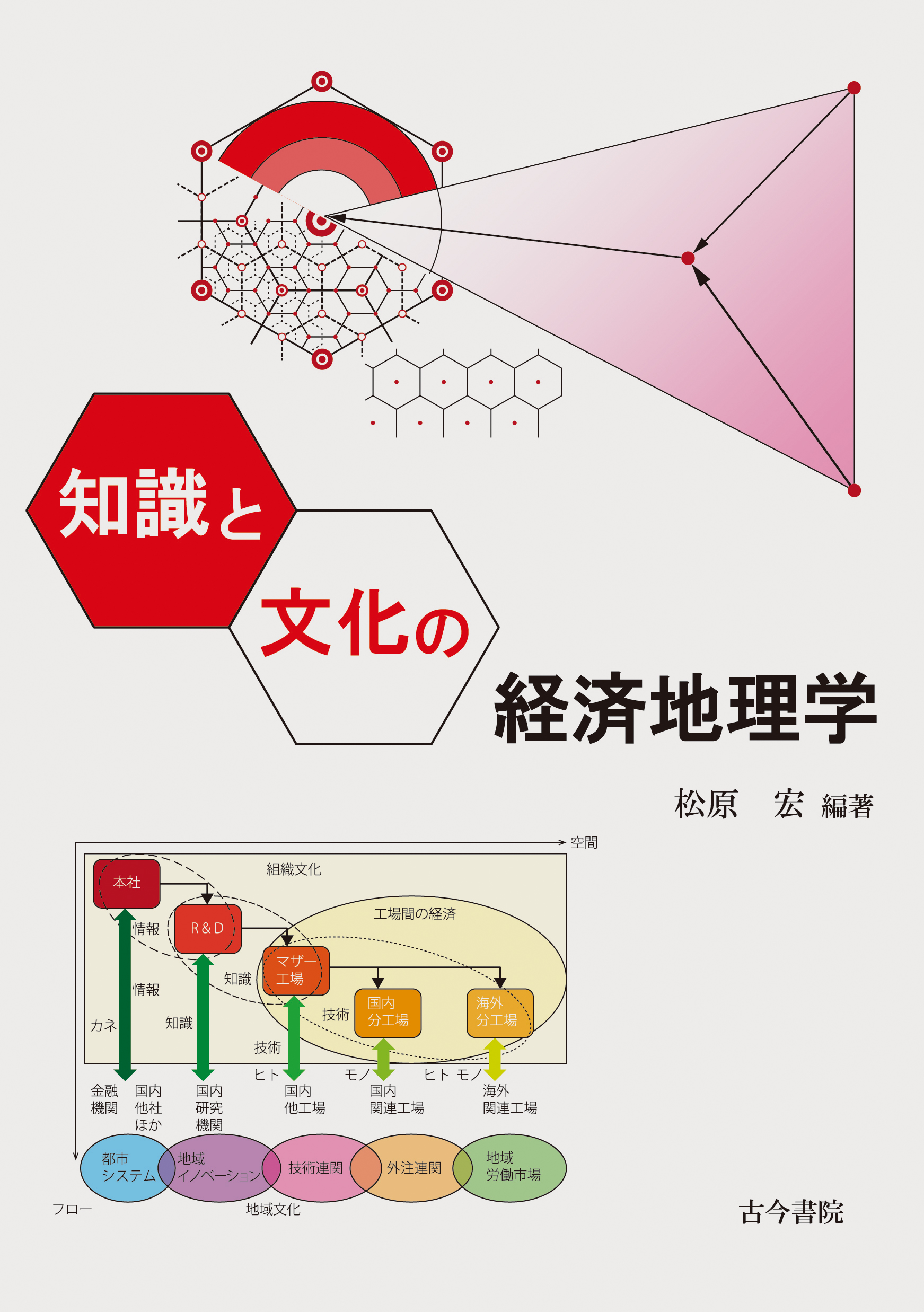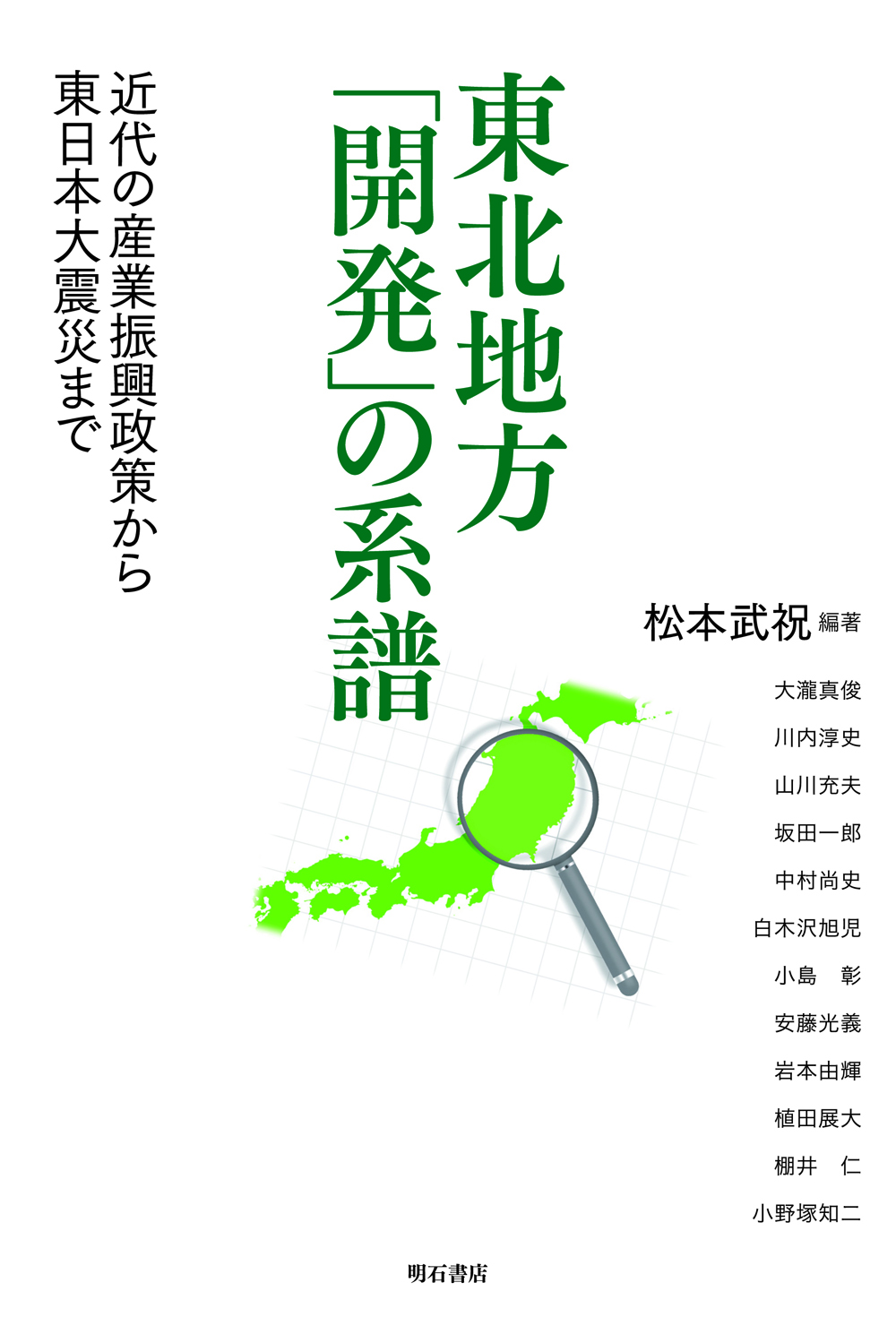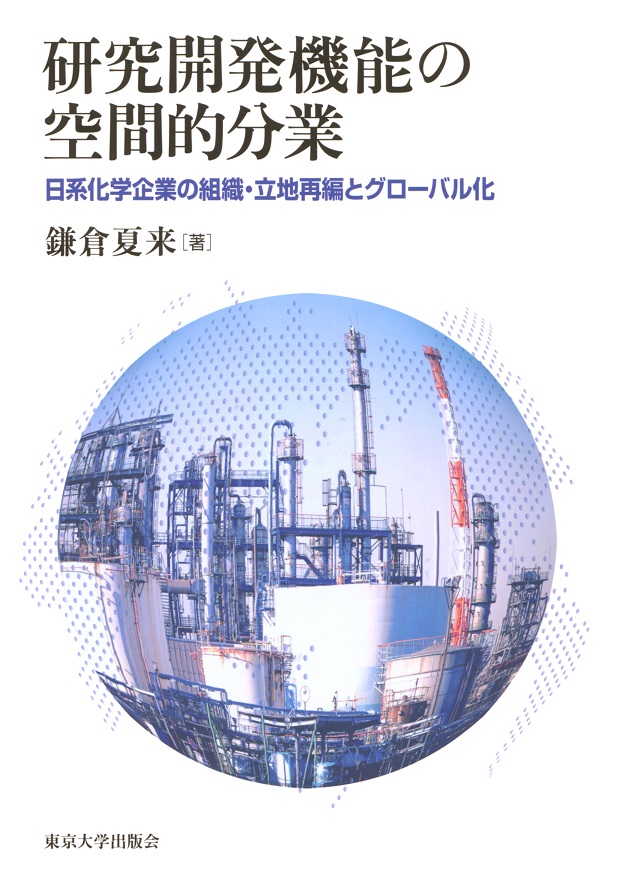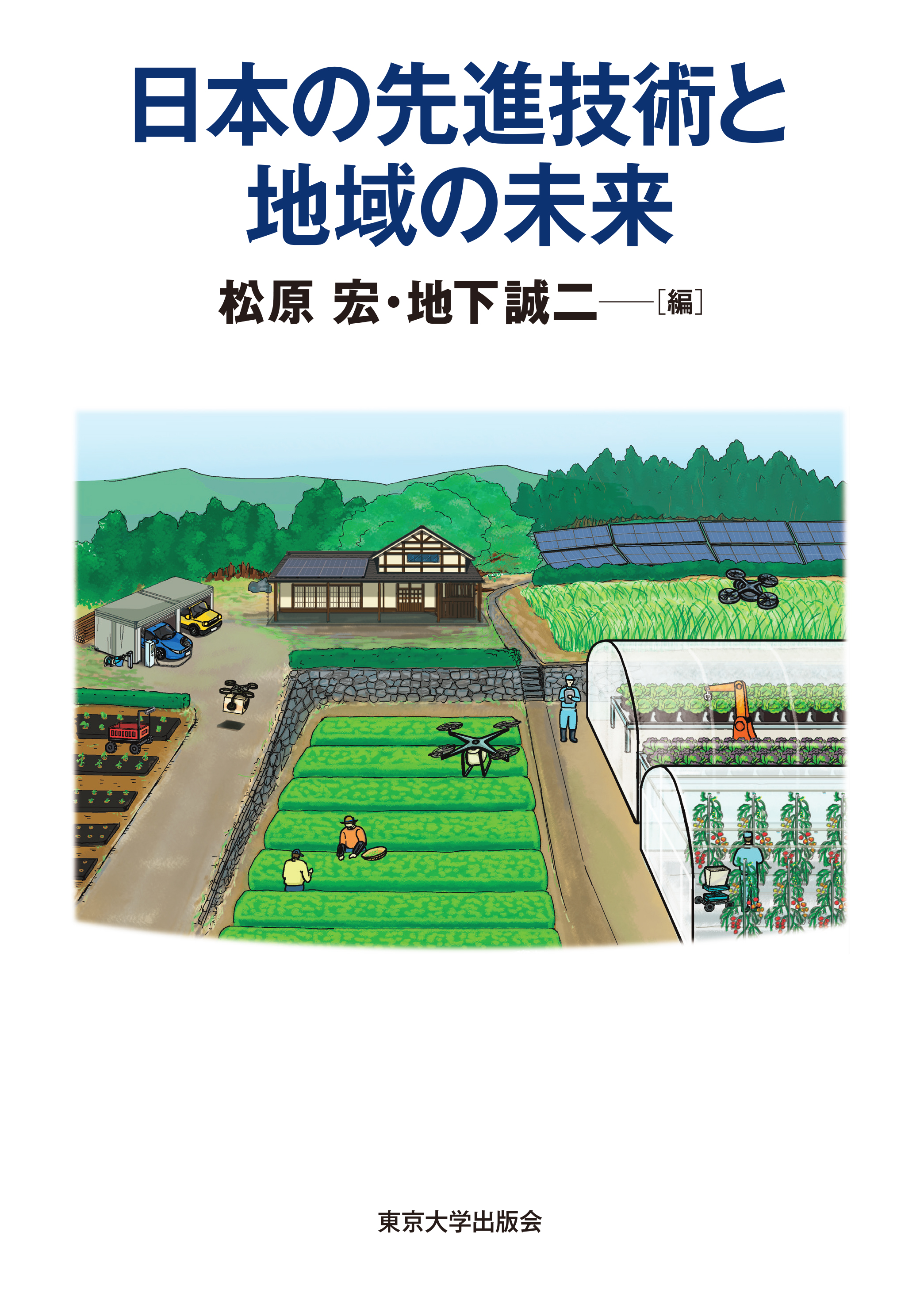
Title
Nihon no Senshin-Gijutsu to Chiiki no Mirai (Advanced Technologies of Japan and the Future of the Regions)
Size
384 pages, A5 format
Language
Japanese
Released
February 25, 2022
ISBN
978-4-13-046136-8
Published by
University of Tokyo Press
Book Info
See Book Availability at Library
Japanese Page
“How will advanced technology change the regions?”
Various advanced technologies have been introduced to local sites in recent years, and regions are increasingly being used as sites for demonstration experiments. How can the introduction of such advanced technologies contribute to the various issues faced by regions, such as population declines and aging, declines in existing industries, and disadvantageous conditions? Few books deal with the topic of how introducing advanced technologies can change the future of the country and industry beyond those on the results and challenges of individual demonstration experiments. This book is a compilation of essays by several authors from this perspective.
The first part of the book aims to provide an understanding of the current situation and issues in regions of Japan while introducing the main subject. This section includes essays on the future outlook for Japan in relation to population, industrial location, regional revitalization, national land structure, and the COVID-19 pandemic. The authors are members of the Development Bank of Japan and lecturers from the cross-departmental Future Regional Society (FRS) education program at the Research Organization for FRS at the University of Tokyo.
The second part is based on a series of seminars entitled “Regional Future Industry Study Group”, held from December 2019 to March 2021 by the FRS and the Planning Department of the Development Bank of Japan (now the Regional Research Department). This study group included perspectives from professors of science and engineering at the University of Tokyo on various advanced technologies related to the future of the region, as well as lively discussions on their potential. Each individual chapter features discussions with the professors, who speak passionately about the relationship between the advanced technologies they specialize in and how they relate to solving regional issues.
Part three describes Digital Transformation (DX) and Green Transformation (GX) as new phases of regional revitalization in Japan and the acceptance of advanced technologies in Europe while looking ahead to the future of the regions. I am writing part of this introduction in my capacity as an economic geographer, and in Chapter 12 I address the question “Will future (advanced) technologies contribute to the correction of regional disparities?” This is a topic that should be mulled over while reading this book. Hints to the answer are scattered throughout the book.
Although this book is enriched by the cooperation of several authors, since each of them has a broad range of academic specialties, it may not be what one would describe as an “easy-to-read” book. If it is a little complex, please refer to the columns located between the chapters. These columns are introductions from professors from the participating departments of the FRS describing their own and their departments’ community-related activities. I hope that readers will consider the theme of this book, “advanced technologies and the future of the regions,” through a glimpse into how researchers perceive the regional settings and the type of research activities they are developing.
(Written by KAMAKURA Natsuki, Associate Professor, Graduate School of Arts and Sciences / 2022)
Related Info
https://frs.c.u-tokyo.ac.jp/



 Find a book
Find a book


 eBook
eBook